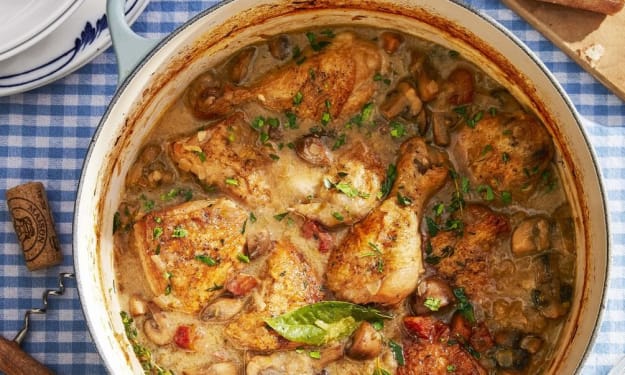In the labyrinth of the culinary world, where flavors intertwine and aromas seduce, there exists a timeless legend: sourdough bread. This ancient bread, dating back over 5,000 years, has recently resurfaced, captivating both amateur bakers and gastronomes alike. But what makes sourdough such an enigma, and how can beginners unlock its intricate mysteries? Dive with us into the effervescent world of wild yeast and fermentation to discover the secrets behind crafting the perfect loaf of sourdough.
At its core, sourdough is disarmingly simple: it
’s a blend of flour, water, and salt. However, unlike typical breads that utilize commercial yeast, sourdough relies on wild yeast and bacteria. This marriage of microorganisms, when left to ferment, produces the bread's signature tangy flavor, airy crumb, and crunchy crust.
The foundation of any sourdough bread is the 'starter.' This fermented concoction is a living entity, teeming with active wild yeast and lactobacilli. Creating a starter requires just flour and water, mixed in equal parts. Over several days, with regular feeding of fresh flour and water, this mixture will bubble and rise, harnessing the natural yeast present in the environment.
While the process sounds almost magical, science is at play here. The yeast consumes the sugars in the flour, releasing carbon dioxide. This is what gives sourdough its unique airy texture. Meanwhile, the bacteria present produce lactic acid, which imparts the bread's characteristic sour tang.
For the uninitiated, sourdough can seem a tad intimidating. In reality, mastering sourdough is less about rigid guidelines and more about intuition. It's a dance, where the baker learns to read the subtle cues of the dough, understanding when it's thirsty, tired, or raring to go into the oven.
Keywords like "hydration," "bulk fermentation," and "proofing" will soon become part of the baker's lexicon. Hydration refers to the amount of water in the dough, affecting its wetness and the final bread's texture. A higher hydration dough, while tricky to handle, yields a loaf with larger, irregular holes, much sought after by sourdough enthusiasts.
Fermentation is where the real alchemy happens. During this phase, the dough is left to rise and develop flavors. Ambient temperature, humidity, and the potency of your starter can all influence fermentation times. Typically, a longer, slower fermentation at cooler temperatures results in a more flavorful loaf.
Yet, the mysteries of sourdough aren’t just confined to its preparation. Each loaf tells a story, an aromatic narrative shaped by its environment. The wild yeast and bacteria from San Francisco might differ from those in Paris or Tokyo, giving each region's sourdough its unique taste profile. This means that the sourdough bread you craft at home is a testament to your unique environment, a flavorful fingerprint of your locale.
Sourdough also holds an edge over other bread for its health benefits. The fermentation process breaks down gluten, making it easier to digest. Moreover, the lactic acid bacteria enhance the bread's nutritional profile by increasing its mineral availability and reducing its glycemic index.
In the realm of search engines, terms like "sourdough starter recipe," "beginner's guide to sourdough," and "sourdough health benefits" have seen exponential search spikes. The digital world is abuzz with queries from novices eager to embark on their sourdough journey. This renaissance isn't just a reflection of a culinary trend but speaks volumes about our collective desire to return to authentic, time-honored food traditions in a world of instant gratification.
In conclusion, sourdough, with its crunchy crust, tangy notes, and rich history, is more than just bread. It's a testament to patience, craftsmanship, and the wonders of nature. As you stand at the threshold of your sourdough adventure, remember that each loaf is a learning experience. Embrace the imperfections, savor the flavors, and let every slice transport you through time and tradition. After all, in the words of many a seasoned baker, "Sourdough isn't just bread; it's a way of life."






Comments
Abdi Ali is not accepting comments at the moment
Want to show your support? Send them a one-off tip.